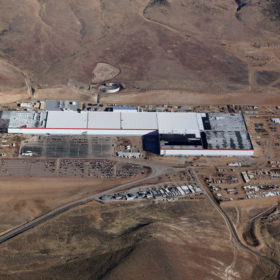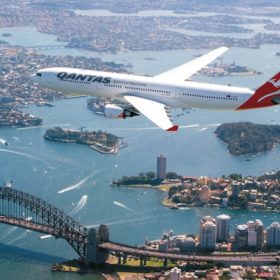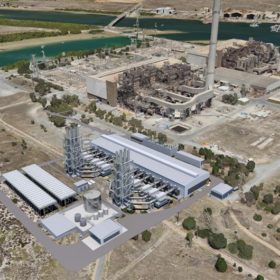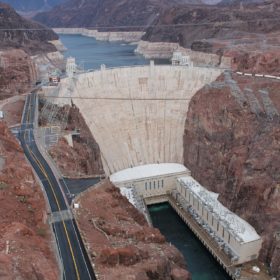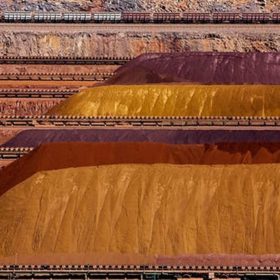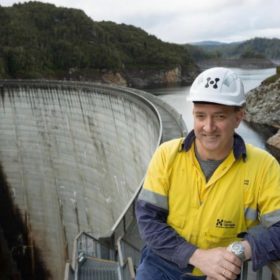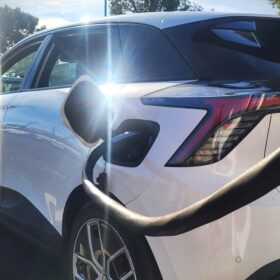Tesla to build first European gigafactory in Germany
Elon Musk has promised a fab near Berlin that will help create up to 10,000 new jobs. Tesla wants to build the facility near the city’s controversial new BER airport.
Qantas flying toward sustainable aviation
Qantas has set itself a 2050 net-zero carbon emissions target as the national carrier looks to push the aviation industry toward more sustainable practices.
South Australia’s renewables gain dispatchable back-up
South Australia’s renewables, particularly wind, have received firm dispatchable back-up as Barker Inlet Power Station begins generating energy for the first time.
Investors ready US$20 Million for off-grid solar projects in the energy-stricken Philippines
The Philippines is desperately hungry for rooftop solar PV as it seeks to alleviate itself of energy poverty. Pathways are finally opening up for the vast Southeast Asian nation with investors readying US$20 million to fund four new renewable projects.
Saving water with solar and wind
Scientists at Princeton have found solar and wind energy offer the added environmental benefit of reducing water usage, by comparison with hydroelectric dams. Their findings, say the researchers, could have a positive impact on groundwater sustainability in drought-prone regions such as California, where they conducted a case study.
New tool to assess costs and benefits of switching to green hydrogen
A result of a collaboration between global accounting and financial services firm KPMG, Canadian gas giant ATCO, Australia’s national science agency CSIRO and Australian Renewable Energy Agency (ARENA), H2City can be used to assess the costs and benefits of regional town or municipality switching to hydrogen.
Australia could fall apart under climate change. But there’s a way to avoid it
Four years ago in December 2015, every member of the United Nations met in Paris and agreed to hold global temperature increases to 2°C, and as close as possible to 1.5°C. The bad news is that four years on the best that we can hope for is holding global increases to around 1.75°C. We can only do that if the world moves decisively towards zero net emissions by the middle of the century.
L’Oréal goes au naturel with 100% renewables
L’Oréal Australia and Engie ANZ have agreed to a long-term energy supply agreement that will see the cosmetics company powered by 100% renewables.
Tasmania firms its ambitions of becoming Battery of the Nation
Hydro Tasmania has released a white paper pushing the island state’s claims to become the Battery of the Nation via upgrades to the Victoria-Tasmania interconnector, an effort to unblock the backlog of solar and wind.
Australia’s shopping centres are increasingly utilising solar PV
Across Australia shopping centres are starting to realise their expansive car parks are the perfect solar farms. Not only do the centres get solar energy at peak times, but customers can avoid the real threat of car-related bodily burns by parking in the shade of a solar array.
